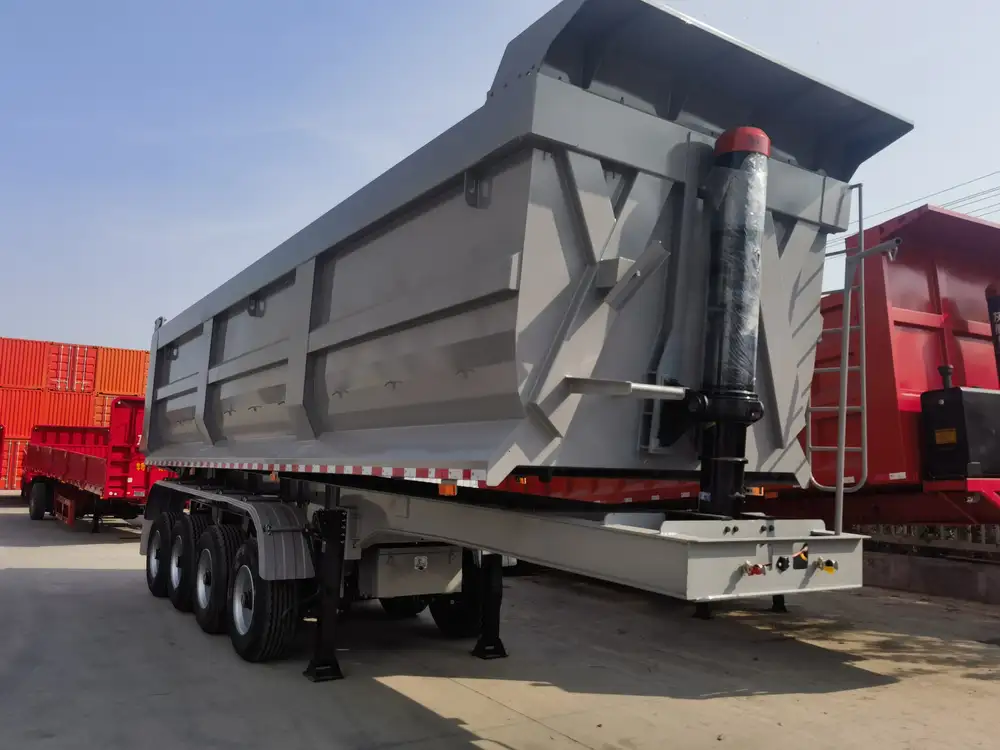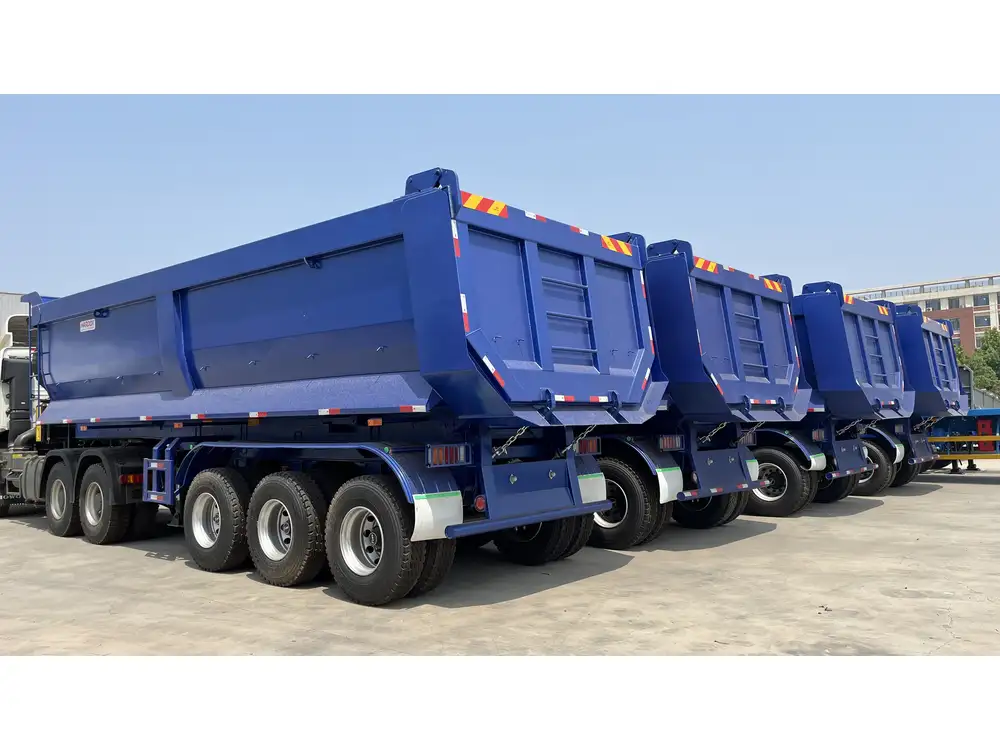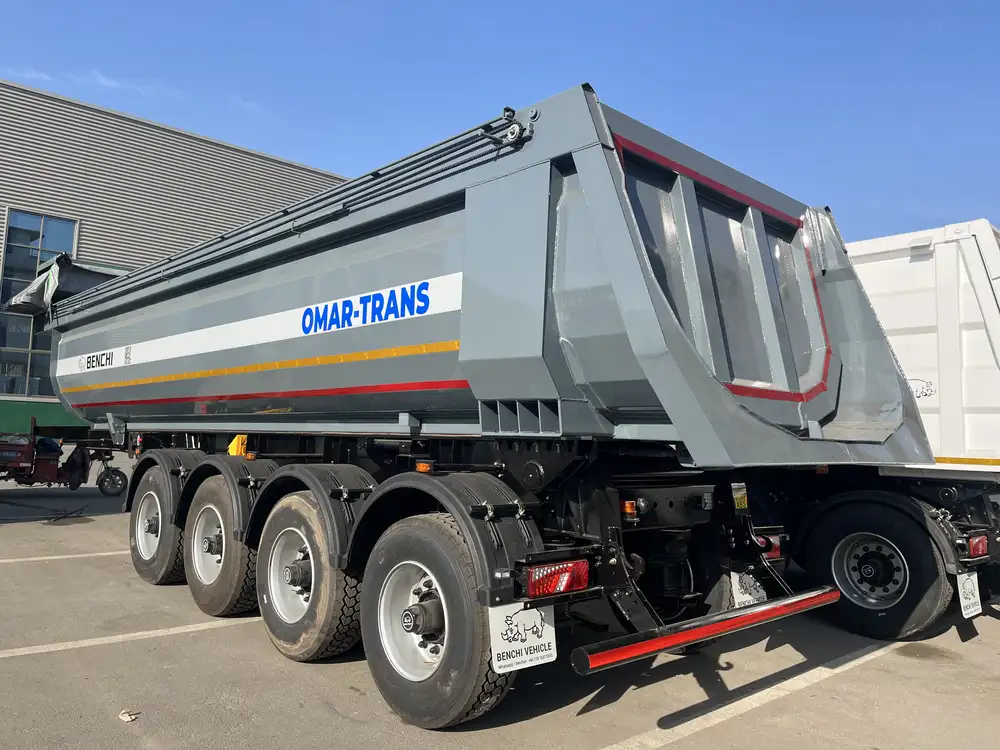In the expansive world of semi-trailer maintenance and operations, understanding the pneumatic systems is crucial for efficiency, safety, and longevity. A frequent inquiry among operators, mechanics, and fleet managers pertains to the integral question: Which air line carries air to the trailer air tanks? This seemingly simple query opens the door to a multi-faceted exploration of pneumatic systems, their components, and their operational significance.
The Basic Architecture of Semi-Trailer Air Systems
To comprehend the air line responsible for delivering air to the trailer air tanks, we first need to dissect the entire air system of a semi-trailer. The pneumatic system is composed of various parts that work in concert to provide functionality.
1. Key Components: An Overview
| Component | Description |
|---|---|
| Compressor | Generates compressed air for the braking system and accessories. |
| Air Lines | Tubing that carries compressed air throughout the system. |
| Air Tanks | Storage vessels that maintain a reserve of compressed air. |
| Valves | Control the airflow to various components. |
| Braking System | Utilizes the compressed air to engage the brakes effectively. |

2. Understanding Air Lines
Air lines are fundamental conduits in the pneumatic system. They are typically composed of durable material, designed to withstand pressure and environmental factors.
Types of Air Lines
Service Lines:
These are the main lines that run from the tractor to the trailer, carrying compressed air that powers the braking system and other pneumatic accessories.Supply Lines:
These lines specifically transport compressed air from the compressor to the air tanks located within the trailer.Release Lines:
They enable the release of air from the braking system, allowing for the disengagement of brakes when necessary.
3. Destination: Air Tanks
Air tanks, or reservoirs, are integral to a trailer’s pneumatic system, acting as storage units for compressed air. Typically mounted on the frame of the semi-trailer, these tanks play a crucial role in ensuring that there is always enough air pressure for safe braking operation, as well as for ancillary functions—such as air ride suspensions.

The Pathway of Air: Which Line Delivers to the Tanks?
In semi-trailer operations, the supply line directly responsible for routing air to the trailer air tanks is the service air line. This line is often colored blue to differentiate it from the release line, which is usually red.
How the Service Line Functions
The service line is vital for the following reasons:
Air Transfer: It facilitates the transfer of air from the tractor (the towing vehicle) to the trailer’s air tanks.
Pressure Regulation: Upon entering the tank, the air is stored at a specific pressure, which can later be utilized to actuate the rear brakes and other pneumatic systems.
Controlling Braking Efficiency: This line directly influences the performance of the braking system. Accurate pressure within the tanks results in optimal braking response times critical for safety.
Visualizing the System
To visually elucidate the air movement to the trailer tanks, consider the following flowchart:
[Compressor] → [Service Line (Blue)] → [Trailer Air Tanks]This simplified diagram demonstrates the linear progression of air from origin to storage.

Addressing Common Issues with Air Lines
It’s imperative to be aware of potential issues that may arise within the service line mechanism, as these can significantly impact trailer performance.
1. Air Leaks
Air leaks can occur due to wear and tear, poor connections, or damage to the tubing.
**Indications of air leaks:
- Unusual hissing sounds.
- Loss of braking pressure.
- Visible condensation around connections.
How to fix: Regular inspections and immediate repairs on identified leaks can mitigate performance issues.
2. Blocked Air Lines
Blockages can arise from dirt and debris accumulating in the air lines, leading to insufficient air reaching the tanks.
Indications of blockages:
- Delayed braking response.
- Inconsistent air pressure readings.
How to fix: Clean or replace air lines as part of routine maintenance to prevent blockages.

3. Insufficient Air Supply from the Tractor
If the compressor on the tractor fails or underperforms, the air supply to the trailer tanks will be compromised.
Indications of insufficient air supply:
- Warning lights on the dashboard.
- Reduced braking efficiency.
How to fix: Conduct regular checks on the tractor’s compressor performance, ensuring it meets operational demands.
Regular Maintenance for Optimal Performance
To ensure that the air system functions flawlessly, we recommend a structured maintenance regime focusing on several critical areas, including:
| Maintenance Task | Frequency | Remarks |
|---|---|---|
| Visual Inspection | Monthly | Check for signs of wear, leaks, and corrosion. |
| Air Line Checks | Bi-Monthly | Inspect connections and replace brittle lines. |
| Brake System Functionality | Quarterly | Perform full inspections on the braking system. |
| Compressor Monitoring | Annually | Check performance metrics and filter cleanliness. |
Safety Considerations in the Air System of Semi-Trailers
The air system not only impacts performance but also plays a vital role in ensuring the safety of the vehicle on the road.

Brake System Integrity
A malfunctioning air system can lead to catastrophic outcomes, such as brake failure. Therefore, it is essential to prioritize the integrity of the pneumatic system.
Systematic Checks Before Operations
Before embarking on any journey, operators should execute comprehensive system checks, including:
- Inspecting air tank pressure levels.
- Ensuring proper function of the service line.
- Confirming that no leaks are present in the air system.
Conclusion: Navigating the Intricacies of Trailer Air Lines
Understanding which air line carries air to the trailer air tanks is essential for anyone involved in the operations and maintenance of semi-trailers. The service air line plays a pivotal role in ensuring efficient air transfer, which directly influences the functioning of the braking system and other pneumatic devices.
With regular maintenance and attention to detail, operators can ensure their semi-trailer’s air system remains robust, reliable, and safe for the rigorous demands of the road. As the industry continues to advance with new technologies and methodologies, staying informed and proactive in air system management will undoubtedly yield dividends in long-term operational success.



